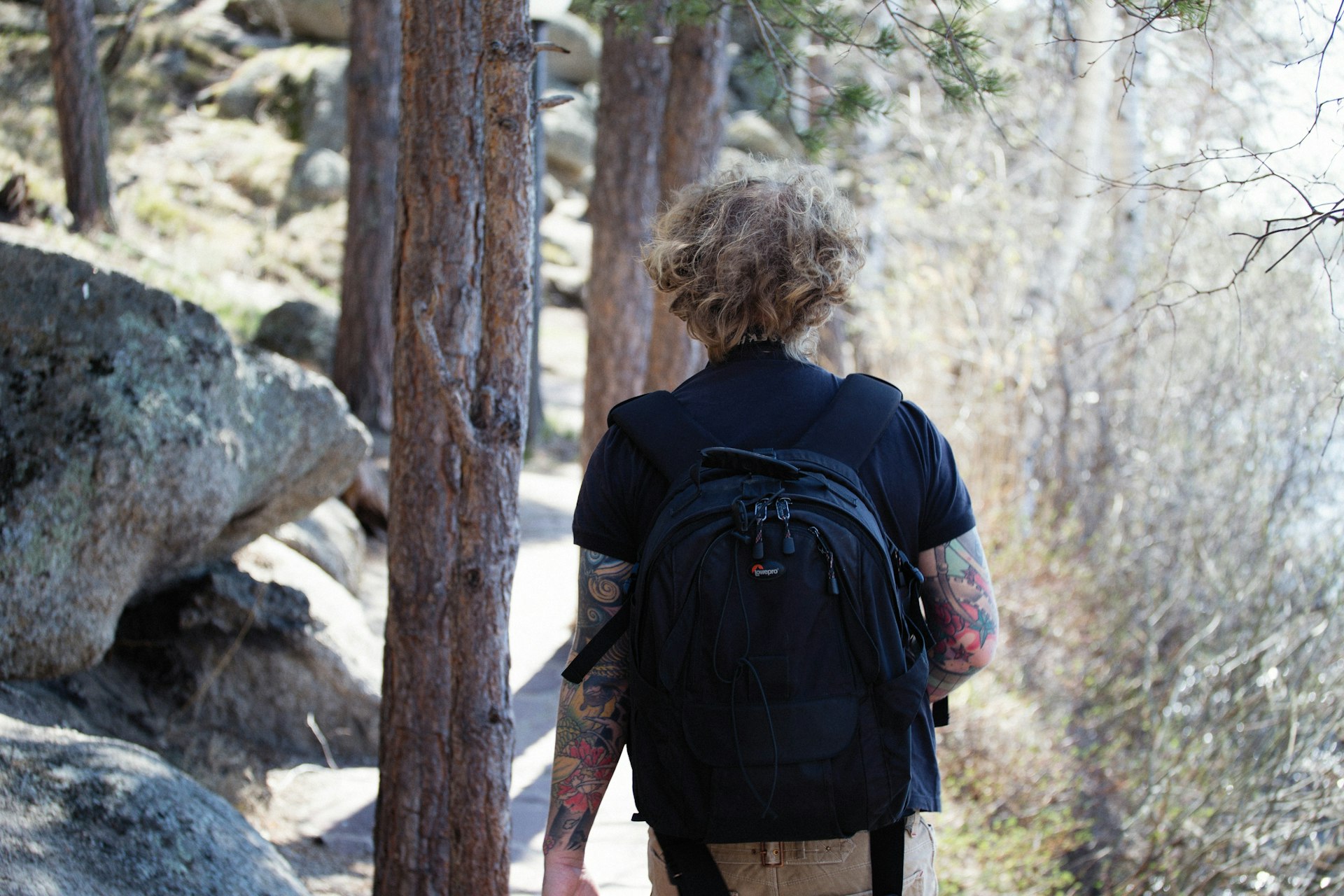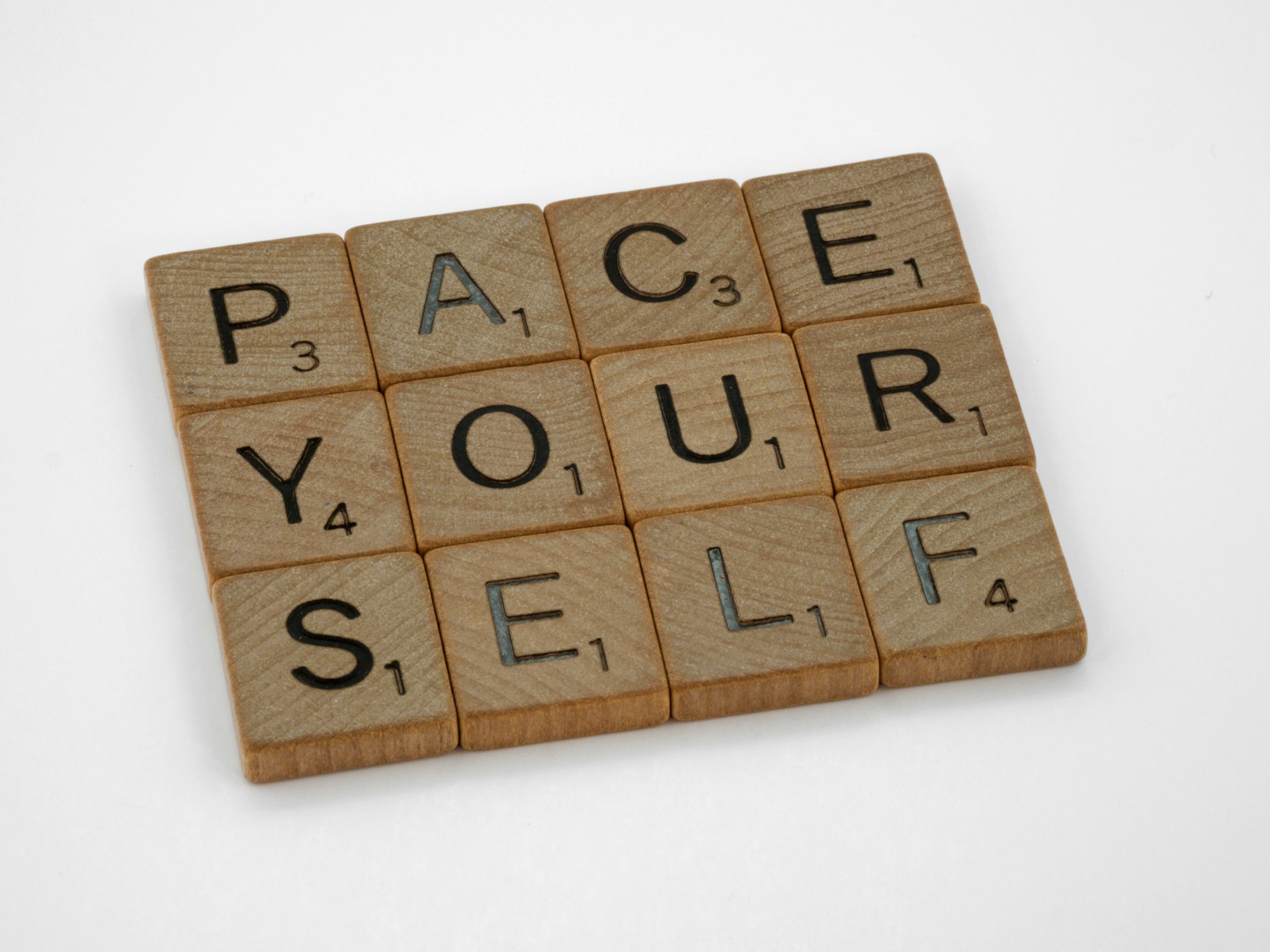Forest Bathing: Embracing Nature for Wellbeing and Mindfulness

Photo by Karanjit Borah on Unsplash
Introduction to Forest Bathing and Its Rising Popularity
Forest bathing, also known as
shinrin-yoku
, is a practice rooted in Japanese culture that involves immersing yourself in a natural forest environment, not for exercise, but for mindful observation and presence. In recent years, this lifestyle trend has gained global traction, particularly as more individuals seek accessible, low-cost ways to support their mental and physical health. Scientific research and anecdotal evidence alike suggest that simply spending intentional time in nature can have profound effects on wellbeing
[1]
.
Unlike hiking or outdoor sports, forest bathing emphasizes slowing down, engaging the senses, and letting natural surroundings foster relaxation and connection. As societal stress increases and interest in holistic wellness grows, forest bathing is emerging as a practical, evidence-based approach to self-care [2] .
The Science Behind Forest Bathing: Health Benefits and Evidence
Numerous studies confirm that forest bathing can lower stress hormone levels, improve mood, and increase feelings of calm [1] . Time in nature is linked to reduced cortisol (the primary stress hormone) , which can help alleviate anxiety, insomnia, digestive issues, and more [2] . People report lower blood pressure, improved cardiovascular health, and stronger immune function after regular forest immersion [4] .
This trend isn’t limited to anecdotal accounts. Peer-reviewed research indicates that the essential oils emitted by trees, called phytoncides , have antimicrobial and mood-boosting effects. These natural compounds may help lower stress, strengthen immune response, and even exhibit tumor-fighting properties in some studies [3] . Forest bathing sessions have been shown to benefit adults and children alike, offering a form of natural aromatherapy and social engagement.
Key documented benefits include:
- Reduced stress and anxiety levels
- Lower blood pressure and improved heart health
- Enhanced mood and mental clarity
- Stronger immune system response
- Better sleep and increased creativity
These outcomes are supported by ongoing research, including controlled studies and long-term health observations [5] .
How to Practice Forest Bathing: Step-By-Step Guidance
You don’t need special equipment or training to get started with forest bathing. The practice is accessible, adaptable, and can be incorporated into many lifestyles. Here’s how you can begin:
- Choose a Natural Setting: Seek out a nearby forest, woodland, or park with dense trees. The goal is to find a space rich in natural elements and away from urban distractions. Even small groves or community green spaces can be suitable.
- Set Aside Distractions: Silence your phone, set aside music or podcasts, and commit to being present. The emphasis is on sensory awareness, not multitasking.
- Engage Your Senses: As you enter the forest, slow your pace. Notice the textures of leaves, the sound of wind in the branches, the scent of earth and wood. Look for subtle movements, colors, or patterns.
- Practice Mindfulness: Let your thoughts come and go without judgement. Focus your attention on each sensation as it arises. Take deep, measured breaths and allow your body to relax with each exhale.
- Spend Uninterrupted Time: Aim for 20 minutes to an hour, but even brief sessions can be beneficial. The key is quality of attention, not duration alone.
- Reflect Afterwards: Notice any changes in your mood, energy, or stress levels. Journaling or sharing your experience with others can help reinforce the practice.
For those seeking organized experiences, some communities offer group forest bathing walks or certified guides. Search for “forest bathing walks near me” or contact local park services for information on guided sessions. If you have specific health concerns, consider consulting your healthcare provider before starting any new wellness activity.
Real-World Examples and Case Studies
Forest bathing is now being integrated into wellness programs, mental health initiatives, and even social prescriptions. In the UK, for instance, medical professionals have referred patients to forest bathing groups to help manage anxiety, depression, and chronic stress [3] . Many report that access to green spaces has contributed to enhanced happiness and lower health disparities, especially in urban environments.
Individual stories echo the research findings. One participant shared, “The forest makes me feel rejuvenated and connected to everything that is good, balanced and part of the cycle of life.” Such testimonials highlight not only the psychological benefits but also the sense of belonging and connection that forest bathing can provide [3] .
During the COVID-19 pandemic, the trend accelerated as people sought natural, socially distant ways to manage stress. Surveys indicated that 85% of adults felt happier in nature, and many have maintained this habit as part of their wellness routines [3] .
Challenges and Solutions: Making Forest Bathing Accessible
While the benefits are clear, some may face barriers such as limited access to forests or mobility concerns. To address this, consider these alternatives:
- Urban Green Spaces: Parks, community gardens, and even tree-lined streets can offer many of the same benefits. The goal is immersion in greenery, not remoteness.
- Accessibility Programs: Some cities have launched initiatives to make parks more accessible to people with disabilities or limited mobility. Search for “accessible parks” in your area or contact your local parks and recreation department for assistance.
- Virtual Forest Bathing: When outdoor access is limited, guided audio or video experiences can provide some benefits. Look for reputable mindfulness apps or YouTube channels focused on nature immersion.
- Social Groups: Many community centers and mental health organizations now offer group walks or nature-based mindfulness sessions. Ask your healthcare provider or search for “nature therapy programs” locally.
If you’re unsure where to start, you can:
- Contact your local parks department for maps and recommendations
- Search for certified forest therapy guides through professional organizations
- Ask your healthcare provider about nature-based wellness referrals
Remember, forest bathing is highly adaptable. Even short, daily moments of mindful nature connection can provide tangible benefits.

Photo by Ali Rutten on Unsplash
Integrating Forest Bathing Into Your Lifestyle
To sustain the benefits, consider making forest bathing a regular part of your routine. Block time in your calendar, invite friends or family, or set personal wellness goals tied to time spent outdoors. Journaling about your experiences or tracking your mood changes can help reinforce this habit.
Employers and wellness programs may also support nature-based practices. If you work in an office setting, advocate for outdoor meetings or breaks in nearby green spaces. Schools and youth programs can integrate forest bathing activities to support focus, creativity, and emotional regulation [1] .
With no special equipment needed and a growing body of research supporting its value, forest bathing offers a powerful, inclusive path to improved wellbeing.
References
- [1] Therapy Group DC (2023). The Benefits of Forest Bathing for Your Mental and Physical Well-Being.
- [2] One Medical (2023). 3 Reasons To Try Forest Bathing.
- [3] Royal Forestry Society (2022). Forest Bathing Benefits.
- [4] The Magnolia Company (2023). Trends, Nature, Culture, and Wellness: Meet Forest Bathing.
- [5] Association of Nature and Forest Therapy Guides and Programs (2023). Research | Science-Based Benefits Of Forest Bathing Therapy.
MORE FROM mumsearch.com













